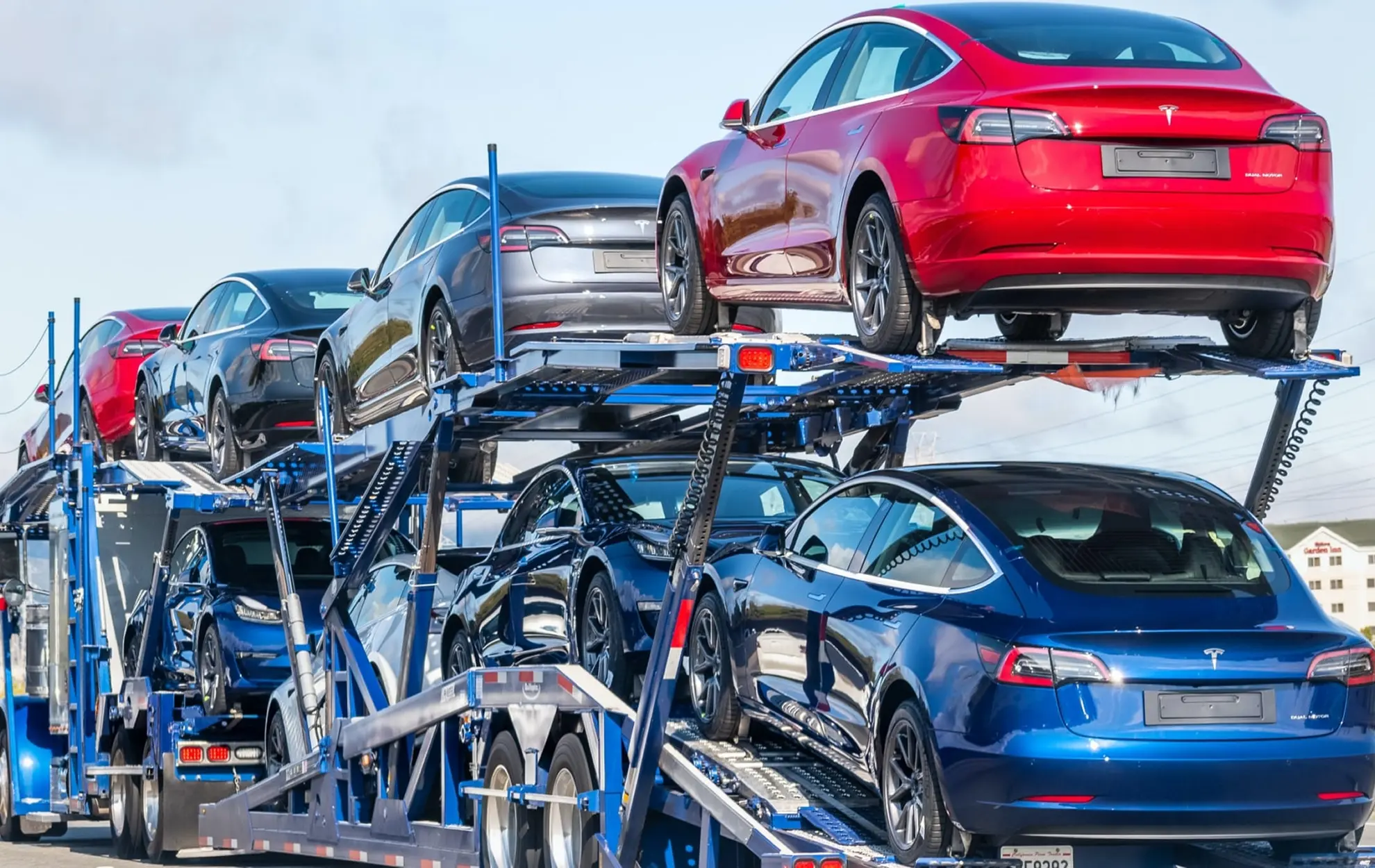Welcome to the car shipping 101 guide for North Dakota residents. Whether you are moving, buying a vehicle from another state, or need an auto transport for a seasonal trip, this short guide walks you through every step from the first phone call to the moment your car arrives.
The first thing to understand is the difference between a broker and a carrier. A broker, like Sakaem Logistics, acts as a middle‑man who matches you with a licensed carrier. The carrier owns the truck or trailer that actually moves the vehicle. Using a reputable broker ensures you are paired with carriers that have solid reviews, proper insurance, and the right equipment.
Step 1 – Call a broker for a quote. You provide the pick‑up location in North Dakota, the destination, the make and model of your vehicle, and any timing preferences. The broker will give you a clear estimate and explain any special options, such as enclosed transport for high‑value cars.
Step 2 – The broker selects a carrier. A good broker screens carriers for safety records, licensing, and insurance coverage. They then assign a carrier that fits your route and schedule. This step is crucial because the carrier’s reputation directly affects how safely your car is handled.
Step 3 – Pickup. The carrier arrives, inspects the vehicle, and loads it onto an open or enclosed trailer. Make sure the car is clean, free of personal items, and ready to roll. A quarter tank of fuel is enough for loading.
Step 4 – Delivery. The carrier drives the trailer to the destination you chose, following the agreed‑upon timeline. Once there, they unload the car, perform a quick visual check, and hand the keys back to you.
Step 5 – Payment. Most brokers collect payment at pickup, while some carriers ask for it on delivery. The amount you pay matches the quote you received, and the broker will provide a receipt and any needed paperwork.
Things to remember: use an enclosed trailer for luxury or classic cars; clear out all personal items before pickup; the car must be able to roll onto the trailer; and keep about a quarter tank of gas to aid the carrier.


